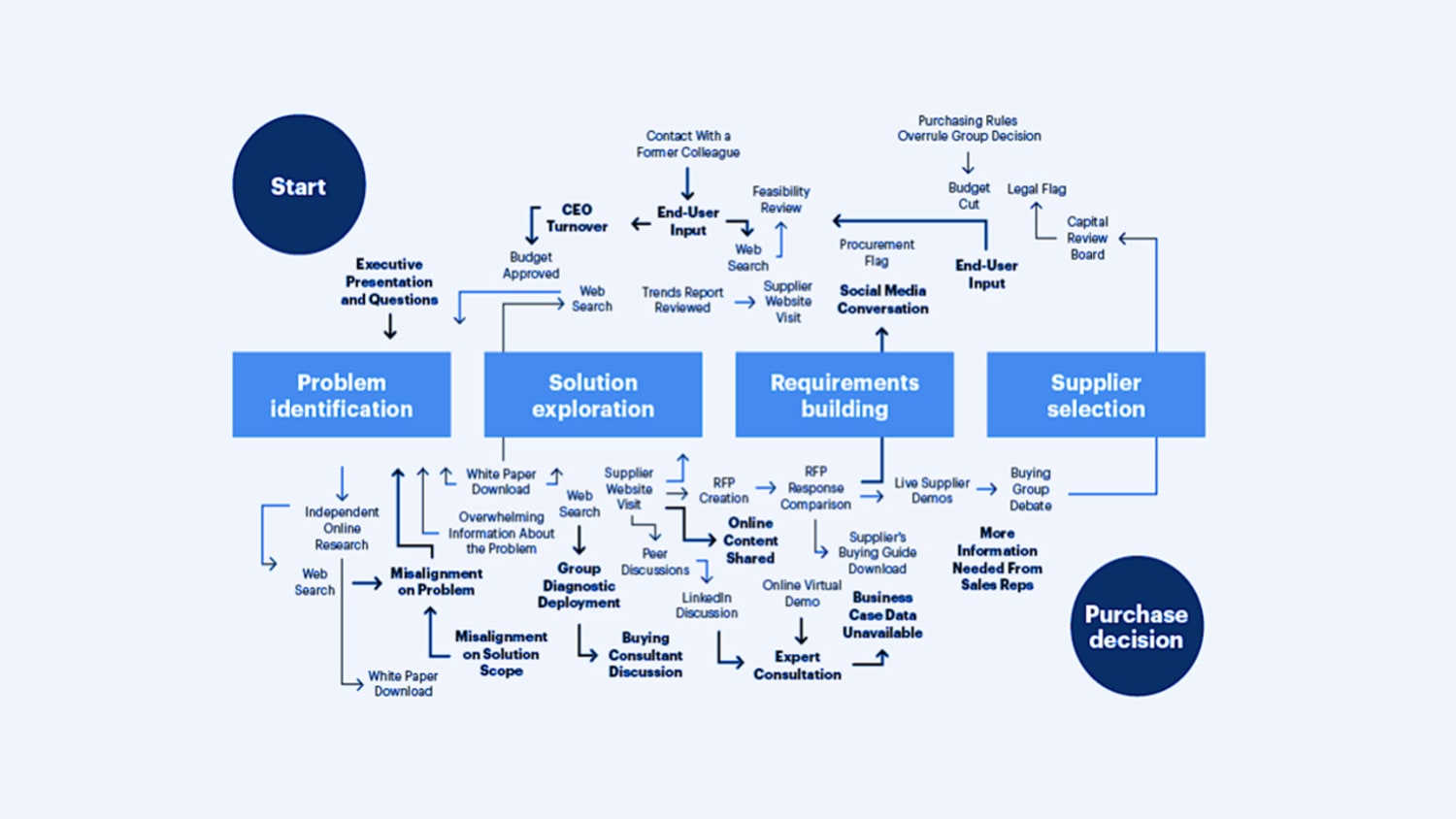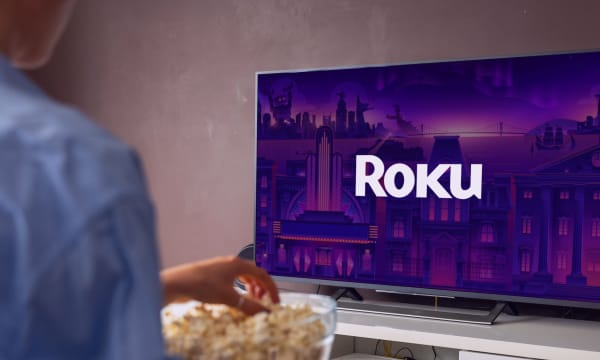Sales and marketing leaders know strong relationships with business buyers have always been key to winning big enterprise deals. But with rising competition across every product category, those choices business decision-makers are facing grow more difficult by the day.
Here are a few recent reactions we’ve heard from technology buyers:
“How am I supposed to consume all the information they make available to me?”
“How am I supposed to separate truth from fiction?”
“My questions don’t map to the answers on their website.”
While most industries have seen massive innovation over the past few decades, there’s been little to no shift in how marketers sell to business buyers. The current state is built on an over-reliance on email, obtrusive telemarketing tactics, and expensive events. These strategies have historically resulted in qualified leads to power our businesses, but their effectiveness is waning more every day, but, still, most B2B marketers’ muscle memory still has them loading up prospective customers with white papers, infographics, boring videos, and dated case studies. The customer is left at the center to sort through the mess.
It’s time for us to be honest with ourselves: more information is not better, it only generates more noise. Marketers need to look to other solutions to keep up with the changing business landscape.
I believe to connect with modern buyers effectively, we have to shift our thinking to three rights:
- The right information
- In the right channel
- At the right time
This is an approach that’s worked for the B2C model for decades. And, while B2B requires a vastly different approach than the consumer model, we’d be wise to learn from what’s worked in B2C to apply new strategies to the B2B world.
We know that to be successful, consumer-focused businesses need to offer a frictionless experience; one that is persona-led, fueled by data, and tied to the consumer journey. With B2B buyers we have a vast amount of information—the company size, the industry, who makes decisions, what are their success drivers. But, B2B forgets what B2C has embraced so well: business buyers are human beings. On average, corporate buying councils are composed of 15 individuals, each with their own emotional baggage, goals, and career aspirations. Yet, we lump them into groups with faceless labels like BDMs, TDMs, Influencers, and Procurement. If you read that Adidas considers “men” and “women” as their key market segments, you’d think it was a misprint. In fact, Adidas uses dozens of personae based on an emotional connection with their brand, sports interest, how they consume information, and purchase channel preference, to create tailored experiences for their customers. It’s no wonder when prospects feel like something’s missing when they enter a B2B buying cycle.
At Wunderman Thompson, we believe the B2B buying experience is the hidden key to nurturing your leads into customers.
To optimize the business buyer’s experience towards a purchase, we need to understand what that looks like. The traditional view of a pipeline funnel is one that buyers move through a journey from awareness, consideration, and onto a purchase. But when we look at the business buyer’s journey, it doesn’t look like a funnel at all.



